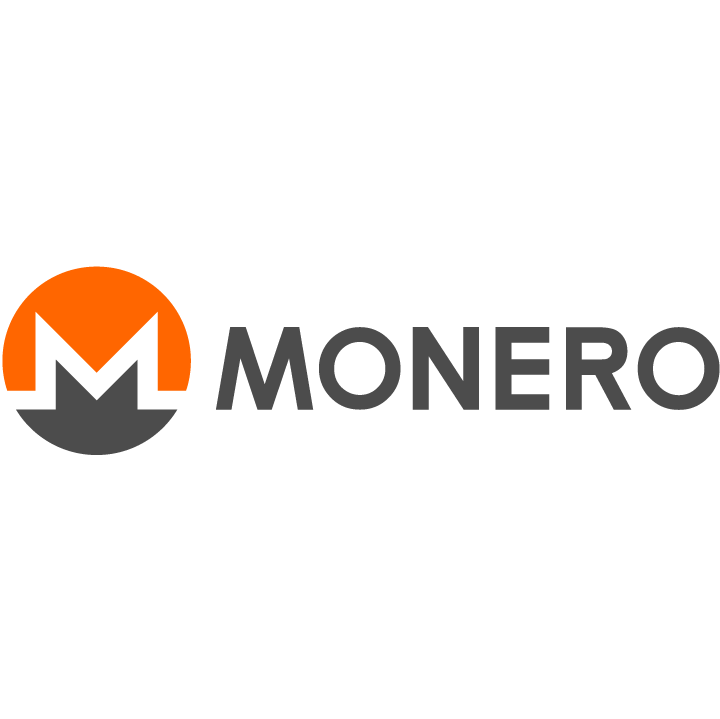How Long Does It Take To Mine 1 Monero?
Mining Monero (XMR) has become an attractive option for many individuals because Monero’s RandomX algorithm is ASIC-resistant, allowing users to mine using regular CPUs. However, the time it takes to mine 1 Monero can vary significantly depending on several factors such as the mining hardware used, network difficulty, and mining pool participation. Let’s break down these factors and understand what affects the time it takes to mine 1 Monero.
Factors That Affect Monero Mining Time
Several key factors influence the time it takes to mine 1 Monero:
First, the hashrate of your mining hardware plays a significant role. Hashrate is the speed at which your mining hardware can solve cryptographic puzzles, and it’s typically measured in hashes per second (H/s). The higher the hashrate, the faster you can mine Monero. CPUs and GPUs with higher processing power can achieve higher hashrates, thus reducing the time required to mine 1 Monero.
Second, the network difficulty of Monero is an important factor. Difficulty adjusts dynamically based on the total computational power in the network. When more miners participate in the network, the difficulty increases, making it harder to mine new blocks. Conversely, when fewer miners are active, the difficulty decreases, making mining easier and faster. This difficulty adjustment is designed to keep Monero’s block time consistent at approximately 2 minutes per block.
Third, the mining pool you choose can affect the time it takes to receive 1 Monero. Solo mining, where you mine independently, is usually less efficient unless you have access to very powerful hardware. Mining in a pool allows you to combine your computational power with other miners, and together, you solve blocks faster and share the rewards. Pool mining typically results in more consistent payouts over time, although the amount received from each block is smaller compared to solo mining.
Mining Monero with CPUs and GPUs
Monero’s RandomX algorithm is optimized for CPUs, which means you can mine Monero efficiently with consumer-grade hardware. High-performance CPUs such as AMD Ryzen processors typically offer higher hashrates compared to standard desktop CPUs, leading to faster mining. While GPUs are generally more efficient for mining other cryptocurrencies like Ethereum, they are less effective for Monero due to its CPU-focused algorithm.
On average, a mid-range CPU could generate a hashrate of 4,000 H/s to 8,000 H/s. With current network difficulty and these hashrates, it could take weeks or even months to mine 1 Monero when mining alone. However, by joining a mining pool, the payout becomes more frequent and can add up over time, although you would still need significant time to accumulate 1 full Monero depending on the pool size and your contribution.
Estimating Time to Mine 1 Monero
Let’s consider a general example to estimate how long it might take to mine 1 Monero. Assume you have a CPU with a hashrate of 8,000 H/s. If the network difficulty at the time of mining is around 250 billion, the time it would take to mine 1 Monero solo would be quite long, potentially months, due to the high difficulty level and your limited hashrate.
On the other hand, if you are part of a mining pool, your share of the mining reward is based on your contribution to the pool’s total hashrate. In this case, you may receive smaller payouts more frequently, but accumulating 1 Monero could still take weeks or months depending on the pool’s size, the difficulty, and your hardware’s power.
Network Difficulty and Rewards
The Monero network adjusts its difficulty every block to ensure that blocks are mined at regular intervals, which is approximately every 2 minutes. This constant adjustment means that the time to mine 1 Monero is not fixed; it fluctuates based on how many miners are active on the network. The more miners there are, the higher the difficulty, and vice versa. This can greatly affect your individual mining efficiency and the time it takes to receive mining rewards.
Additionally, the reward for mining Monero decreases over time. Monero follows a decreasing emission schedule where block rewards gradually reduce. However, unlike Bitcoin, Monero will never have a hard cap on the total supply. Instead, it has a “tail emission” that ensures a small reward will continue to be given to miners indefinitely. This mechanism ensures that miners are continuously incentivized to secure the network.
Is It Worth It to Mine Monero?
The decision to mine Monero ultimately depends on your goals and resources. Mining with consumer-grade hardware can still be profitable, especially if you have access to cheap electricity and can mine consistently over time. However, because Monero’s difficulty is dynamic and rewards decrease over time, it is essential to factor in these variables when deciding whether to mine Monero.
For casual miners with consumer CPUs, it might be more efficient to join a mining pool to earn consistent payouts rather than waiting long periods for solo mining rewards. Pool mining allows for more predictable returns, although the total time to accumulate 1 Monero will still depend on your hardware’s hashrate and network conditions.
Conclusion
The time it takes to mine 1 Monero depends on several factors, including your hardware’s hashrate, network difficulty, and whether you are mining solo or in a pool. With a mid-range CPU and current network conditions, it could take weeks or even months to mine 1 Monero, especially for solo miners. Mining pools offer a more consistent payout structure, although accumulating a full Monero might still take considerable time depending on your hardware and pool size. As Monero’s difficulty adjusts regularly, the mining environment is always changing, making it important to stay updated on network conditions to optimize your mining efforts.
